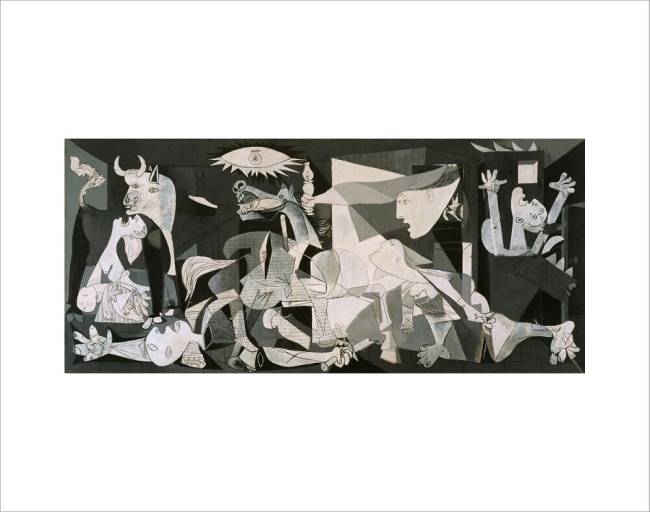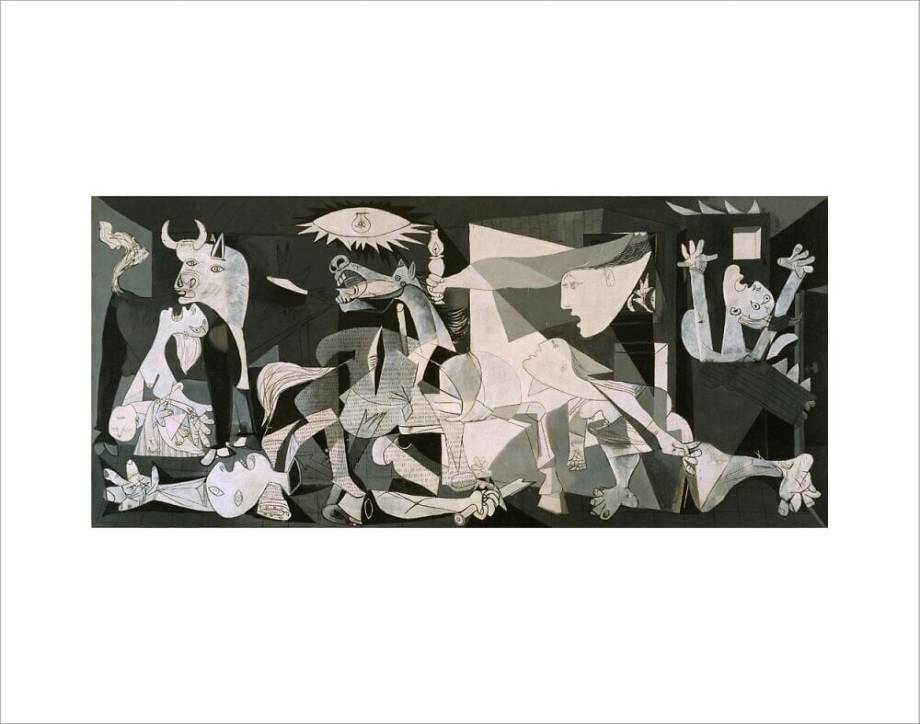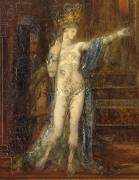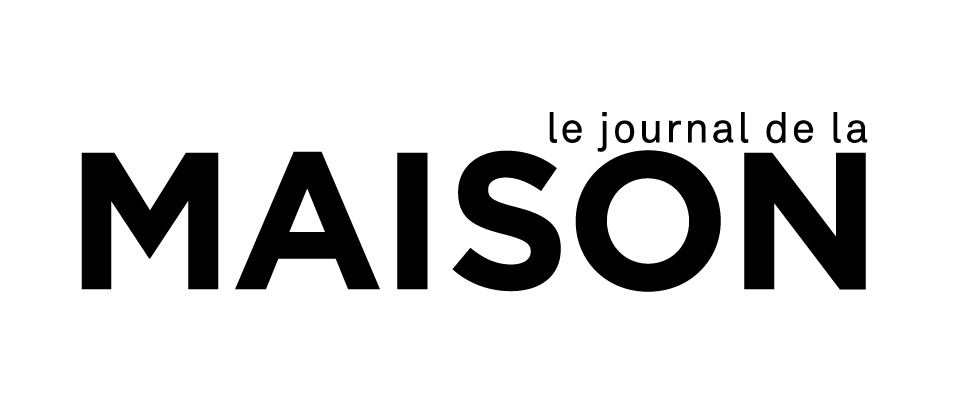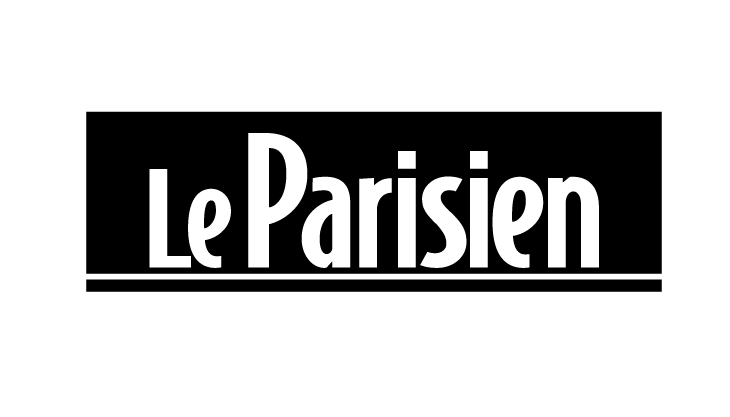Shop art print and framed art Guernica by Pablo Picasso
Customise
Your art print
Guernica OF Pablo Picasso
Guernica
Genesis of Guernica, a committed work
Guernica is a monumental work by Pablo Picasso, painted in 1937. It was commissioned by the Spanish Republican government for the Spanish pavilion at the Universal Exhibition in Paris that same year. The inspiration for the work came from the bombing of the Basque town of Guernica on April 26, 1937, by the German air force, then allied with the Spanish nationalists, led by Franco, during the civil war. This bombing, of unprecedented violence, caused numerous civilian casualties and deeply shocked not only Spain, but also international public opinion. Picasso, a committed and pacifist artist, transformed his anger and indignation into a powerful and poignant work denouncing the horrors of war. Now housed at the Museo Nacional Centro de Arte Reina Sofía in Madrid, the impressive dimensions of Guernica (3.49 meters high by 7.76 meters long) reinforce the work's visual and emotional impact.
Guernica: Monochrome chaos
At first glance, Guernica is striking for its chaotic composition and exclusive use of black, white and gray. This monochrome lends the work a dramatic and funereal atmosphere, reinforcing the sense of tragedy and despair. The pictorial space is saturated with human and animal figures, their faces and bodies distorted and fragmented, seemingly struggling in unspeakable suffering. Picasso uses a cubist, surrealist visual language to express the horror and absurdity of war. The whole gives an impression of chaos and destruction, reflecting the state of the town of Guernica after the bombing.
The tragedy at the heart of Guernica
At the center of the painting, a terrified, neighing horse dominates the scene. Its mouth open in a silent scream and its pointed tongue express intense pain, symbolizing the suffering of the innocent, victims of blind violence. Beneath the horse, a soldier lies on the ground, his body dismembered and a broken sword in his hand. He represents death and the futility of combat. To the left of the painting, a woman carrying her dead child in her arms, her face marked by despair, evokes maternal pain and the loss of innocence. To her right, a bull, a symbol of brutality and brute force, but also of Spain, seems to observe the scene with indifference.
Symbols and allegories in Guernica
Each element of Guernica is loaded with symbols. The kerosene lamp represents hope, with the figures on the right of the painting searching for it with their eyes, while the horse, in addition to suffering, symbolizes the Spanish people. The bull can be interpreted as a allegory of fascism or of war itself. The wounded bird trying to fly away represents threatened peace and freedom, while the flames that ravage the painting symbolize destruction and death. Picasso is inspired by this event and uses this symbolism to give a universal dimension to his work and denounce all forms of violence and oppression.
Impact on Picasso's life and the legacy of Guernica
Guernica had a considerable impact on Picasso's life. While it cemented his reputation as a committed artist and helped make him an emblematic figure in the fight against war and violence, the painting also marked a turning point in his career, leading him to explore new forms of artistic expression. Guernica has become an icon of twentieth-century art, a universal symbol of peace and a poignant testimony to the horrors of war, but beyond its symbolism, which continues to inspire and move generations by remaining a work of burning relevance, it is also one of the most famous Cubist works, having definitively established this style as a major current in twentieth-century art.
This artwork is a painting from the modern period. It belongs to the cubism style.


